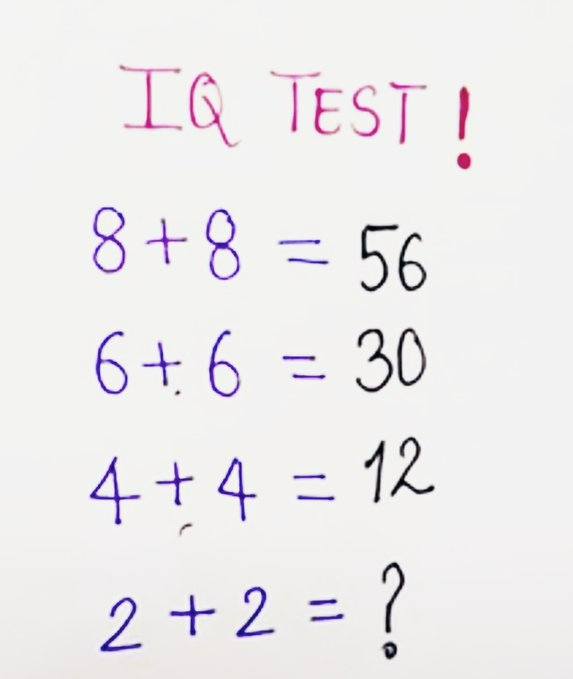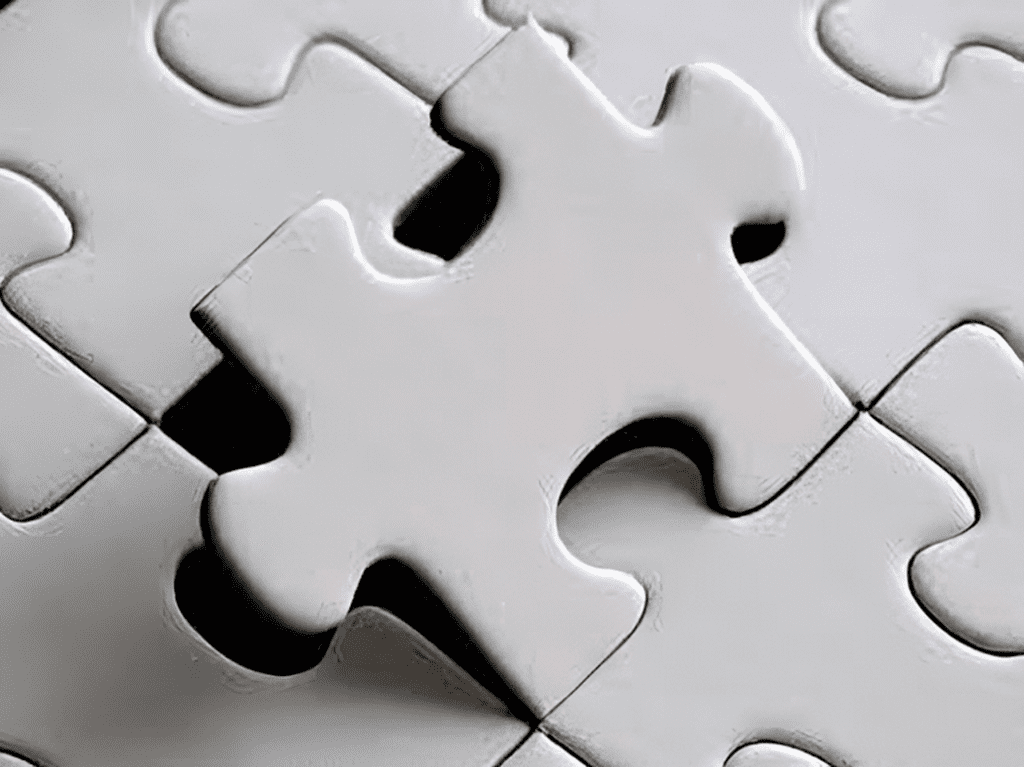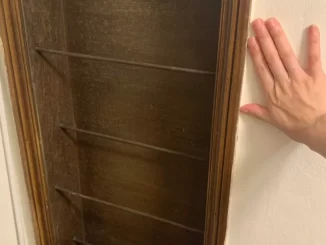In the world of problem-solving, there are few things more satisfying than cracking a perplexing puzzle. The series of equations presented at the beginning of this article is precisely that – a brain-teasing challenge that has left many scratching their heads.
At first glance, the following series of equations might make you question everything you know about basic arithmetic:

- 8 + 8 = 56
- 6 + 6 = 30
- 4 + 4 = 12
- 2 + 2 = ?
These equations clearly don’t adhere to the traditional rules of math. So, what’s going on here? This puzzle isn’t about simple arithmetic; it’s a brain teaser that challenges you to think outside the box and spot the hidden pattern. Let’s dive into the mystery and decode this perplexing series.
Decoding the Equations
8 + 8 = 56: Understanding the Pattern
The first step in solving this puzzle is to forget about standard addition. Instead, think about the equation in terms of a pattern. Here’s how it works:
- Multiply the two numbers: 8 × 8 = 64
- Subtract the second number from the product: 64 – 8 = 56
So, the equation 8 + 8 = 56 is correct according to this pattern, even though it defies traditional arithmetic.
6 + 6 = 30: Applying the Same Logic
Now that we’ve identified the pattern, let’s apply it to the next equation:
- Multiply the two numbers: 6 × 6 = 36
- Subtract the second number: 36 – 6 = 30
Again, the equation makes sense when viewed through the lens of this unique pattern.
4 + 4 = 12: Following the Trend
Continuing with the pattern, let’s decode the next equation:
- Multiply the two numbers: 4 × 4 = 16
- Subtract the second number: 16 – 4 = 12
The equation 4 + 4 = 12 fits perfectly within the established pattern.
Solving the Final Equation: 2 + 2 = ?
Now that we’ve cracked the code for the first three equations, it’s time to solve the final puzzle:
- Multiply the two numbers: 2 × 2 = 4
- Subtract the second number: 4 – 2 = 2
The answer to 2 + 2 is 2 when you apply the same pattern used in the previous equations.

The final answer to this puzzle is 2, but the real takeaway is the importance of thinking beyond traditional arithmetic. This brain teaser teaches us that sometimes, solving a problem requires stepping away from conventional methods and looking for patterns that aren’t immediately obvious.
Puzzles like this one are not just about finding the right answer; they’re about exercising your brain and improving your problem-solving skills. They challenge your mind to explore different possibilities, which can be incredibly beneficial in both academic and everyday situations.
Pattern recognition is a critical cognitive skill that helps us make sense of the world around us. Whether you’re solving a math puzzle, learning a new language, or navigating daily challenges, the ability to spot and understand patterns is invaluable. This puzzle is a perfect example of how powerful pattern recognition can be, turning seemingly impossible equations into solvable problems.

This equation series is more than just a math problem—it’s a call to think creatively. In a world where we’re often encouraged to follow set rules and formulas, it’s refreshing to tackle a problem that rewards unconventional thinking. By embracing puzzles like this, we can cultivate a mindset that’s open to new ideas and innovative solutions.
In the end, the 2 + 2 puzzle is a fun and thought-provoking challenge that encourages us to look at problems from a new perspective. It’s a reminder that sometimes, the answer isn’t in the numbers themselves, but in the patterns they form. Whether you’re a puzzle enthusiast or just enjoy a good mental workout, challenges like these are a great way to keep your mind sharp and engaged.


